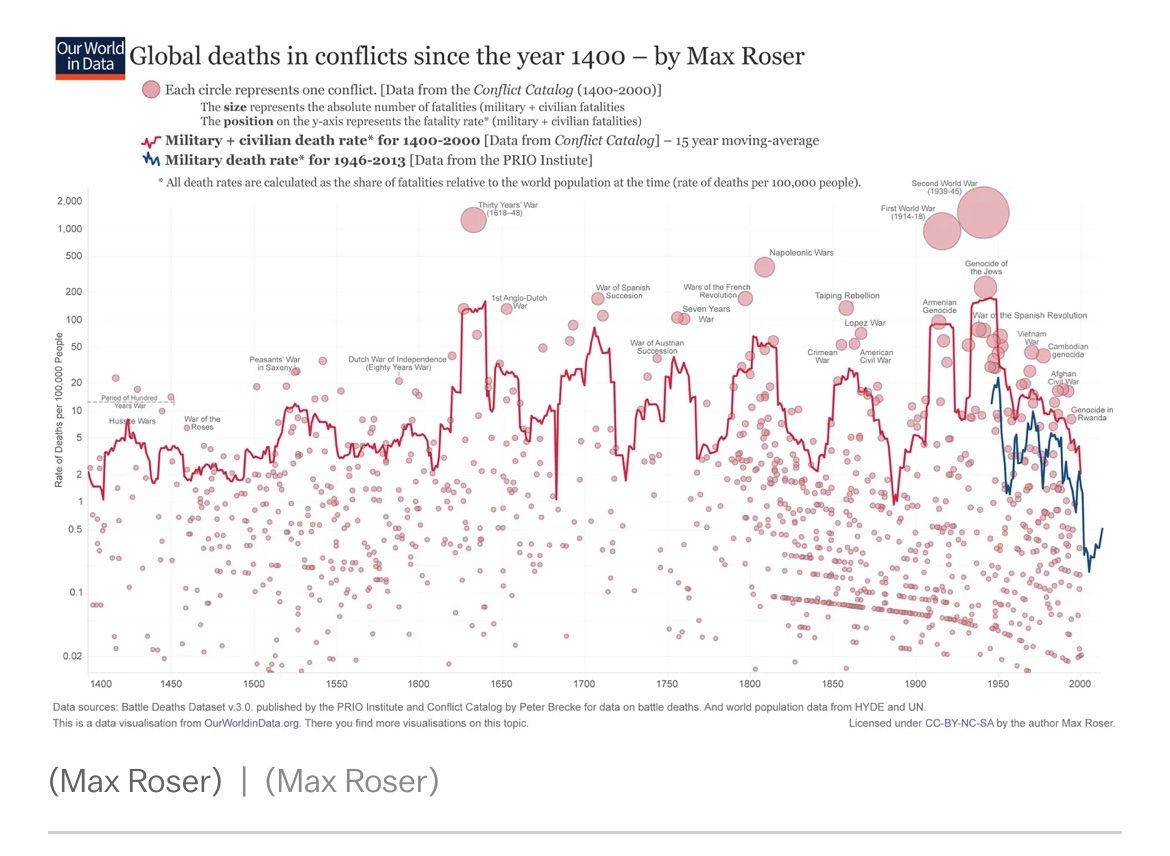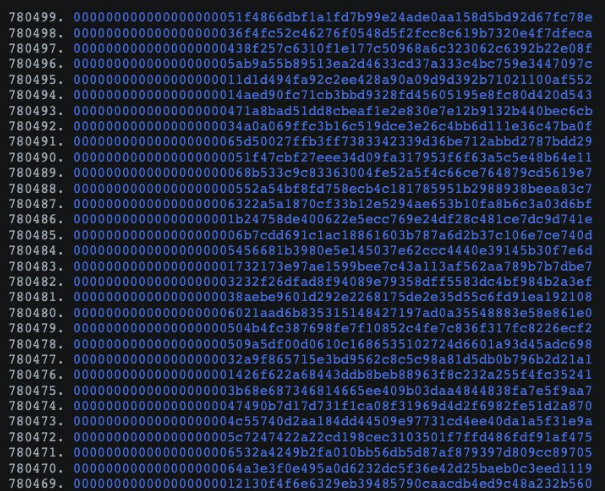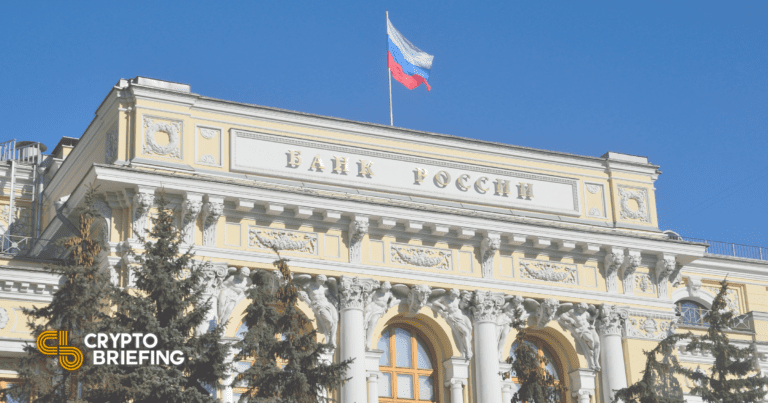© Reuters.
Investing.com– Most Asian stocks rose slightly on Tuesday, extending a recovery from recent lows as weak U.S. data pushed up hopes that the Federal Reserve will have little headroom to keep raising interest rates.
Hong Kong’s was the best performer for the day, up 1.1% as it extended a recovery from six-month lows. China’s and indexes also rose about 0.3% each, as investors bought into heavily discounted Chinese markets on some bets of an economic recovery later this year.
Technology-heavy bourses benefited from hopes of a less hawkish Fed, with the index up 0.4%. The TWII was also supported by a 0.9% rise in the shares of chipmaker TSMC (TW:), after it flagged a better second half of 2023 on a recovery in chip demand.
Broader Asian markets crept higher, with Japan’s adding 0.2%, while the broader rose 0.3%. Both indexes traded near 33-year highs, having benefited from recent optimism over a strong Japanese earnings season and the prospect of a dovish Bank of Japan.
This notion was furthered on Tuesday after Japanese data substantially missed expectations for April, while overall remained weak amid increasing global economic headwinds.
This pointed to a weaker near-term outlook for Japanese inflation, which puts less pressure on the BOJ to begin scaling back its ultra-loose monetary policy.
Australia’s index was among the few outliers, falling 0.5% ahead of a later in the day.
Markets are split over whether the RBA will raise rates, amid signs that Australian economic growth is cooling. Data on Tuesday showed that while the country logged a bigger-than-expected in the first quarter, an unexpected drop in its trade surplus looked set to off first quarter GDP.
But unexpectedly rose in April, which could put more onus on the RBA to raise rates.
Focus also remained squarely on a , amid mixed signals on more U.S. interest rate hikes. Data on Monday showed the barely grew in May, pointing to more cooling economic growth amid high interest rates and inflation.
But labor market and inflation readings still beat expectations in April and May, which could in turn push the Fed into hiking rates further.















